Part of enjoying Colorado is being outside, whether that is skiing, hiking, climbing, camping, backpacking, or even wildlife viewing. For Coloradans and those visiting, the state’s wildlife is just as mesmerizing as the landscape itself.
Colorado is home to several native wildlife species that make this state’s natural beauty what it is. It’s also home to plenty of lesser-known, but equally fascinating animals that live in Colorado. Knowing where and what to look for is important in spotting your favorite wildlife. Find out here the native wildlife species in Colorado and where to find them.
Colorado Bison
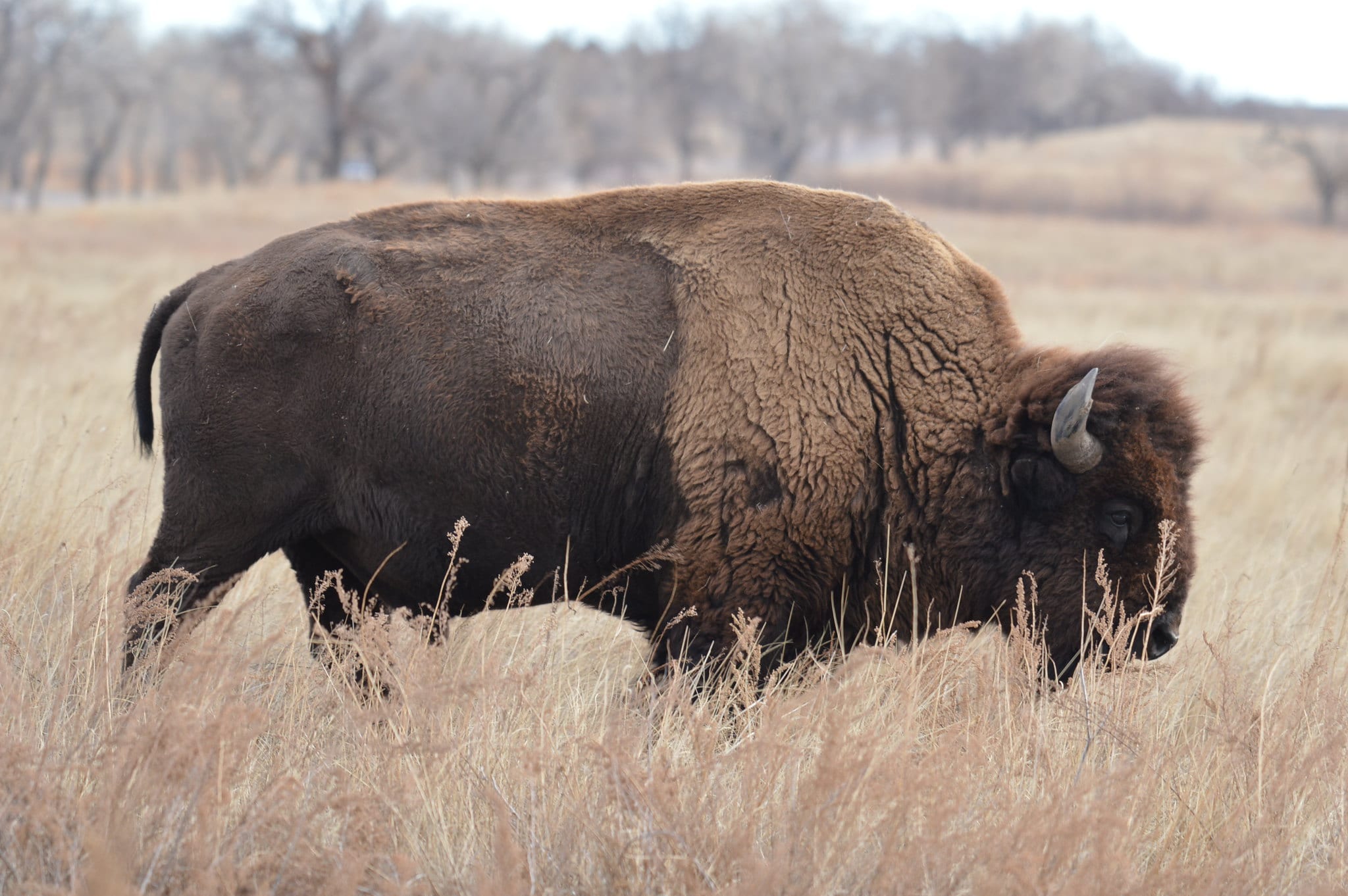
The American Bison are large mammals that can reach up to 6.5 feet tall and weigh up to 2,200 pounds. They travel in herds and have an average life span of 20 years. When needed, a bison can run at speeds of up to 40 miles an hour. At one point in time, there were 60 million bison that roamed the plains of North America, but due to overhunting, the bison nearly became extinct.
Colorado has taken many strides in the effort to help preserve the bison. The state is home to many reserves, including the Buffalo Herd Nature Preserve near Golden, Rocky Mountain Arsenal National Wildlife Refuge, Daniel’s Park just outside of Highlands Ranch, Laramie Foothills Bison Conservation Herd, the Terry Bison Ranch, and Zapata Ranch.
Bighorn Sheep
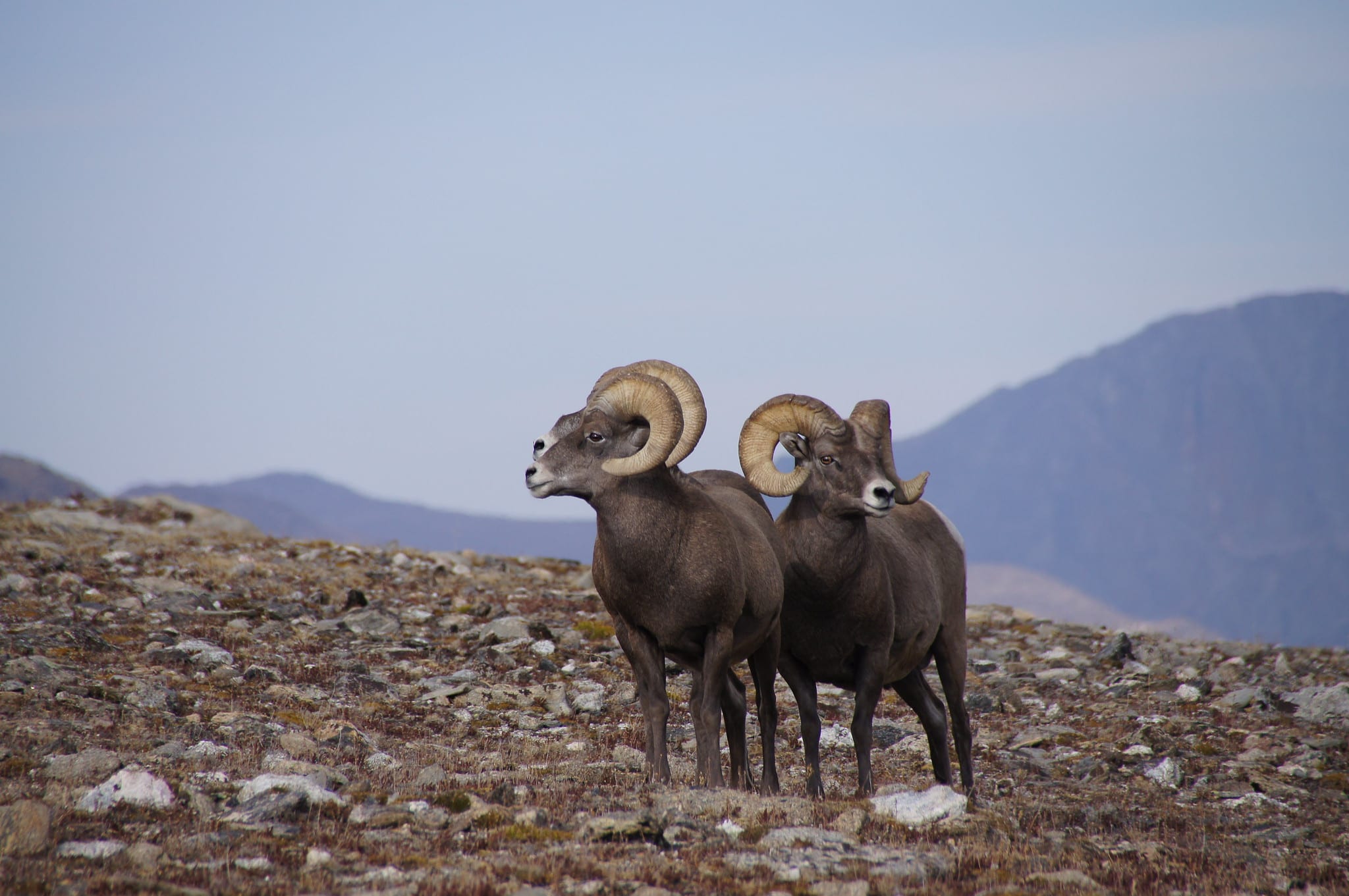
According to the Colorado Encyclopedia, The Rocky Mountain bighorn sheep is one of four native sheep species that live in North America, with the only one residing in Colorado.
A sight for sore eyes, the bighorn sheep are larger animals weighing anywhere from 100 to 300 pounds. The distinctive males, or rather the rams, have large curled horns that are used for defense and foraging.
The females, ewes, have thin horns that are shorter and don’t curl. Known as epic mountain climbers, their climbing talent comes from their rubber-like hooves, which allow them to scale canyon walls and steep mountainsides.
With their ability to shed their winter coats in the summer, the bighorn sheep are popular wildlife that is enjoyed year-round. In the summer, you will find them in higher elevations, and when it is cooler, they move to lower elevations in low-lying mountain pastures.
The best places to spot the Rocky Mountain bighorn sheep are in the foothills, canyons, and high mountains including places like Rocky Mountain National Park, Guanella Pass, and Waterton Canyon.
Mountain Lions
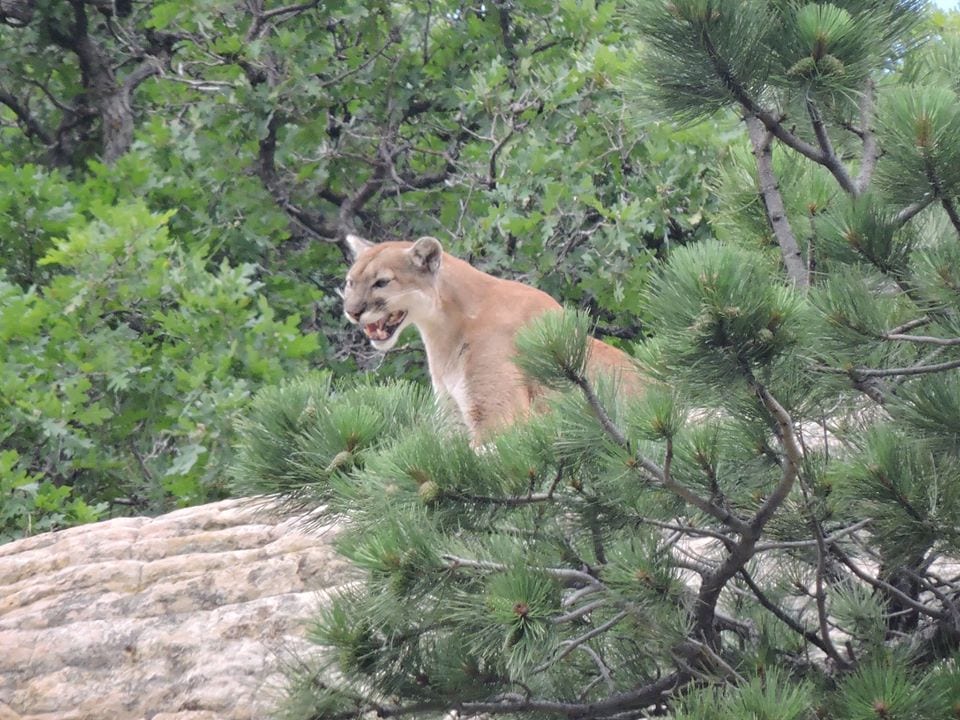
Often feared but hardly ever heard of or seen, the elusive mountain lion of Colorado is one wildlife species most visitors don’t seek out. More commonly known as a cougar, puma, or panther, the mountain lion is one of the biggest cats in North America.
With camouflage-like coloring, they tend to blend in with the scene around them. Moving stealthy and swiftly, they are surprisingly large with males reaching eight feet in length and weighing an average of 150 pounds.
Mountains lions can be found throughout the state of Colorado, with most found in the foothills and hardly ever any in the eastern plains. They love areas dense in pinyon pine, juniper, ponderosa pines, and low-lying oak brush.
While mountain lion attacks are rare, they do happen, but mostly when the lion feels threatened or scared. They do not hunt humans, only larger game like deer and elk.
Black Bears
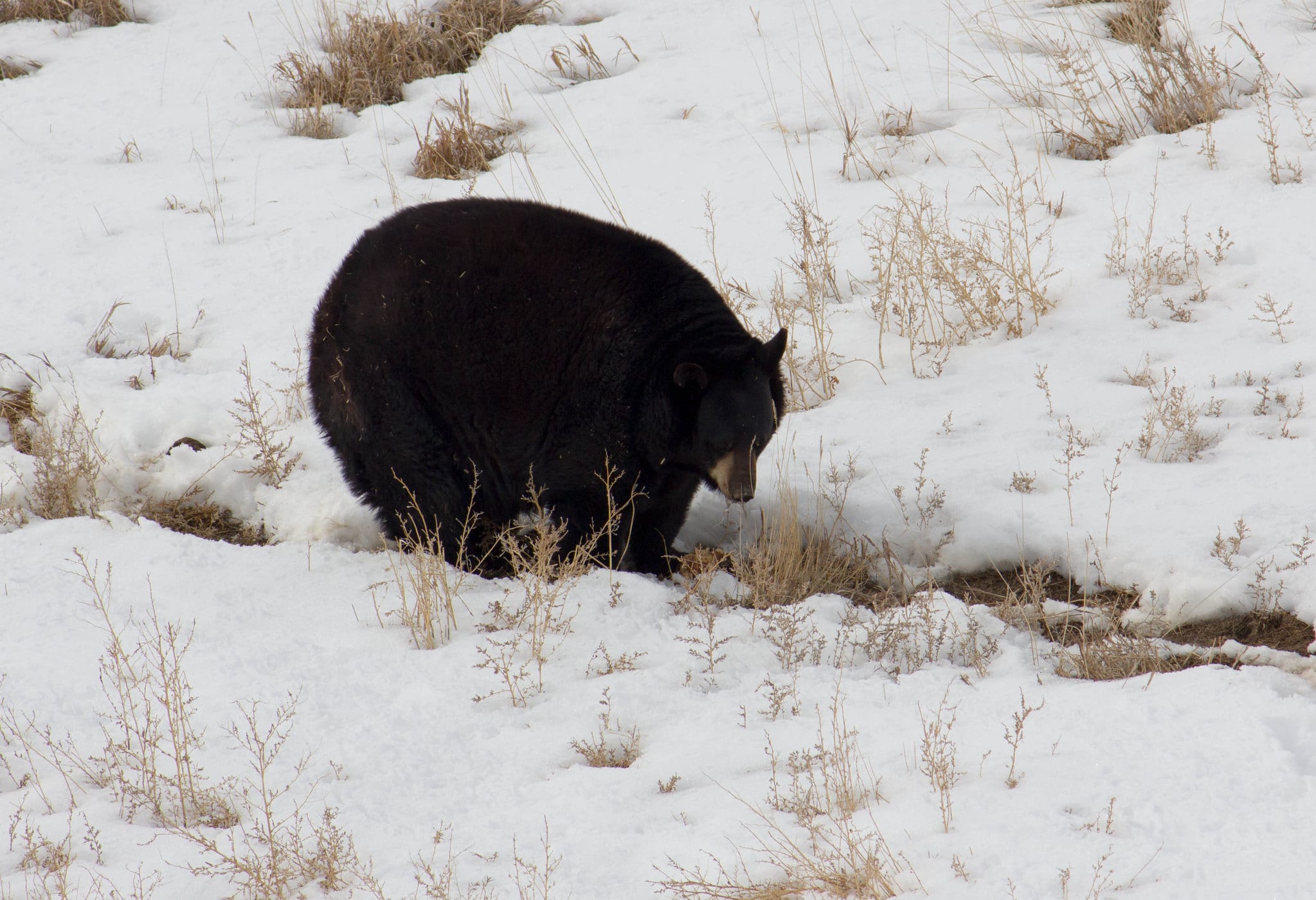
Technically “black” is not a species and not the only color of Colorado’s black bear. In Colorado, plenty of black bears are light blonde, brown, or cinnamon-colored. Living 20 – 25 years in the wild, they average three feet tall when standing up, with males reaching up to 275 pounds.
Their short stalky bodies allow them to climb trees and are fast on the ground. Mostly eating berries, grasses, fruits, and nuts, black bears are omnivorous and tend to avoid human contact.
Black bears can be found throughout the state of Colorado in areas of Gambel’s oak and aspen mostly living in oak brush areas and occasionally venturing into aspen forests. The highest concentration consists from Walsenburg to Trinidad, east of the San Luis Valley.
They hibernate around early November and make their appearance the following May. Two cubs, on average, are born during hibernation.
It’s always advised to keep your food stored appropriately as bears have highly sensitive noses that can smell food up to five miles away. Do not leave it in your tent or around your campsite unsupervised.
Birds
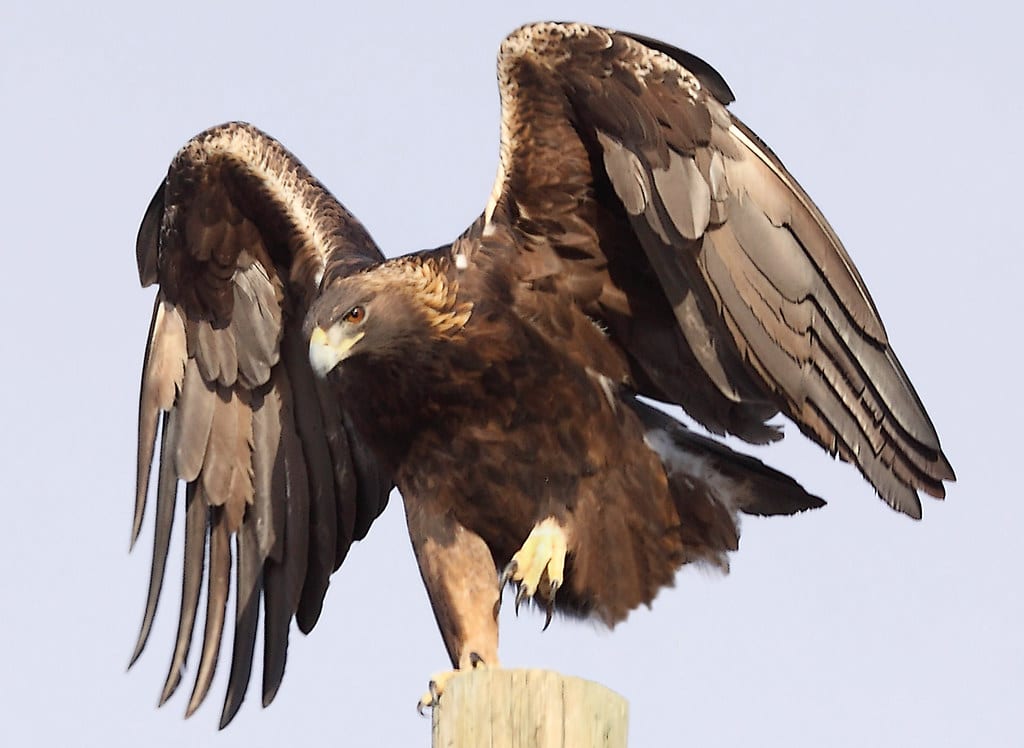
Colorado is home to over 400 species of birds, some of which are native to the state, and some who visit only once a year during migration. Popular native birds of Colorado include the Lark Bunting, Gray Jay, Belted Kingfisher, and of course the Golden Eagle, just to name a few.
While there are many birding opportunities throughout the state, the Colorado birding trails are a great place to start. In Western Colorado, there are seven trails where you can view a variety of species, that reach to the four corners. Within the Rocky Mountains themselves, 27 trails range from northern to southern Colorado. Lastly, the Eastern Plains offers 20 trails, with the majority in the northeastern part of the state.
North American Beaver
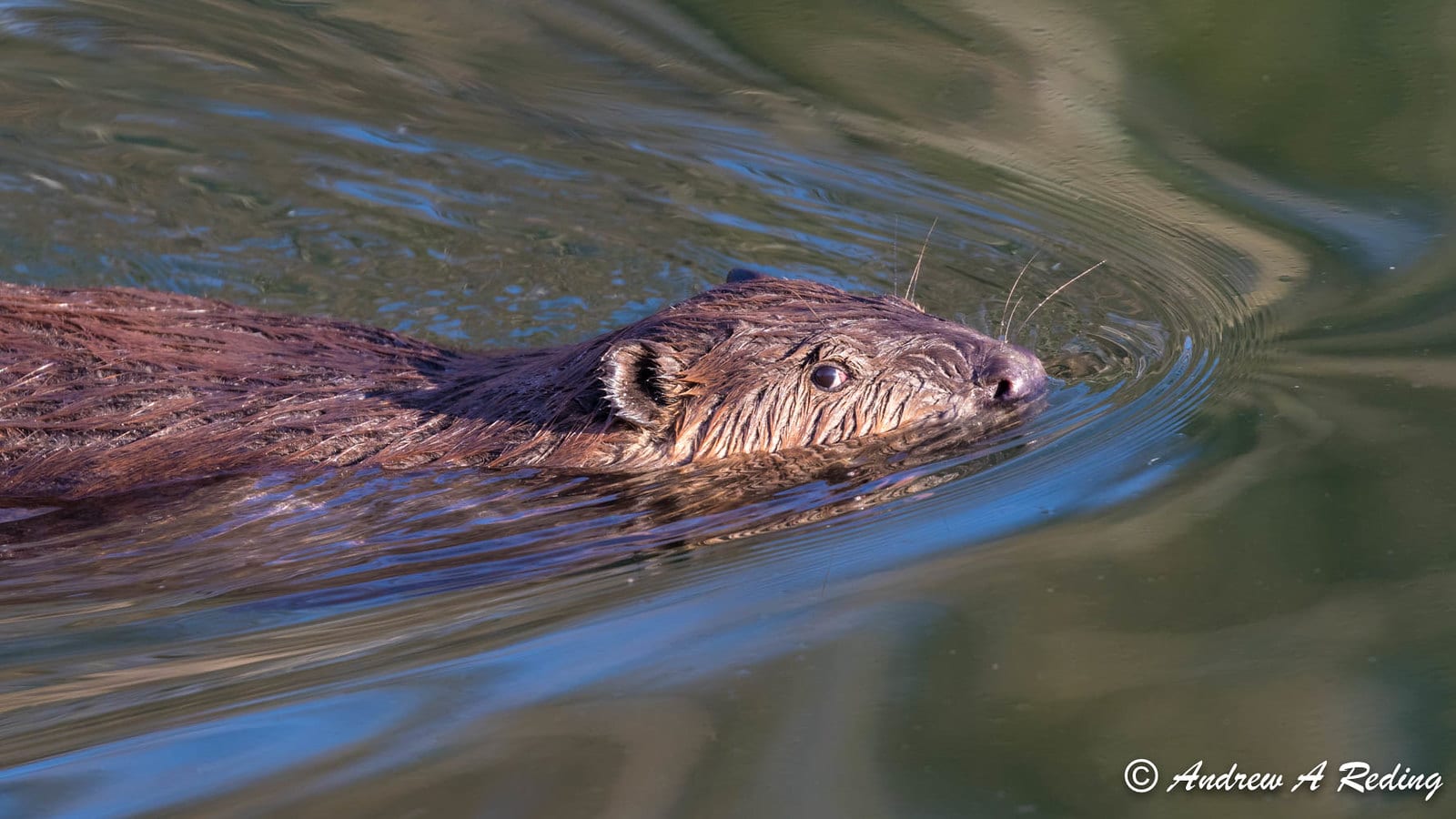
The North American Beaver is a native species to Colorado and plays an important role in the environment and the state’s ecology. Found in Colorado’s wetlands and waterways, the North American Beaver’s population dwindled over the years from an exorbitant amount of trapping during the fur trade from 1822 to 1840. While not completely wiped out, their population is limited.
This aquatic animal can reach up to four feet in length and weigh up to 40 pounds. Living life in the water, the beaver can be submerged underwater for up to 15 minutes, and as natural-born swimmers, they are much slower on land than in water.
Named “nature’s engineers”, the beaver is best known for its dam-building talents. While a beaver sighting is rare, it can be found mostly near streams where the land is not too steep.
Wild horses
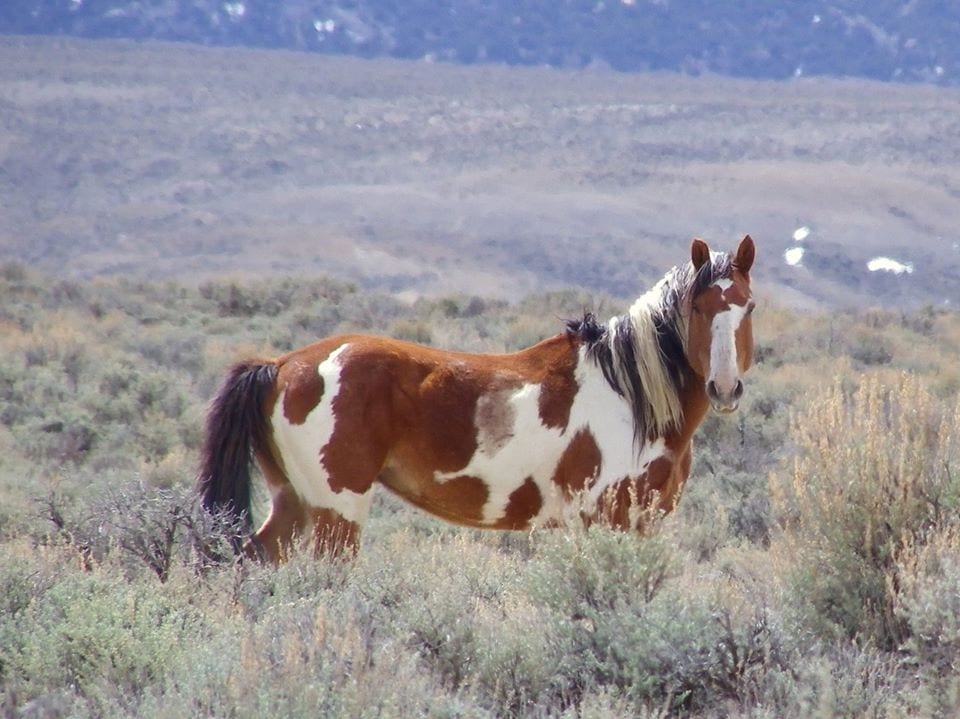
While not indigenous to the area, the wild horses of Colorado that live in the Little Book Cliffs Wild Horse Range run wild and free in America’s Old West. The modern horse once roamed these lands during the ice age and became extinct over 10,000 years ago. Much later, the arrival of Spaniards brought horses back, also known as the mustangs.
Little Book Cliffs Wild Horse Area covers more than 36,000 acres of beautiful canyons and plateaus where visitors can hike and see the horses roam throughout the area. The range is one of three in the U.S. that is specifically designated to protect wild horses. It’s located just northeast of Palisade.
There is also Sand Wash Basin in northwest Colorado, near Craig, which is home to more than 750 horses. The 150,000 acres are designated BLM land and open to visitors.
Moose
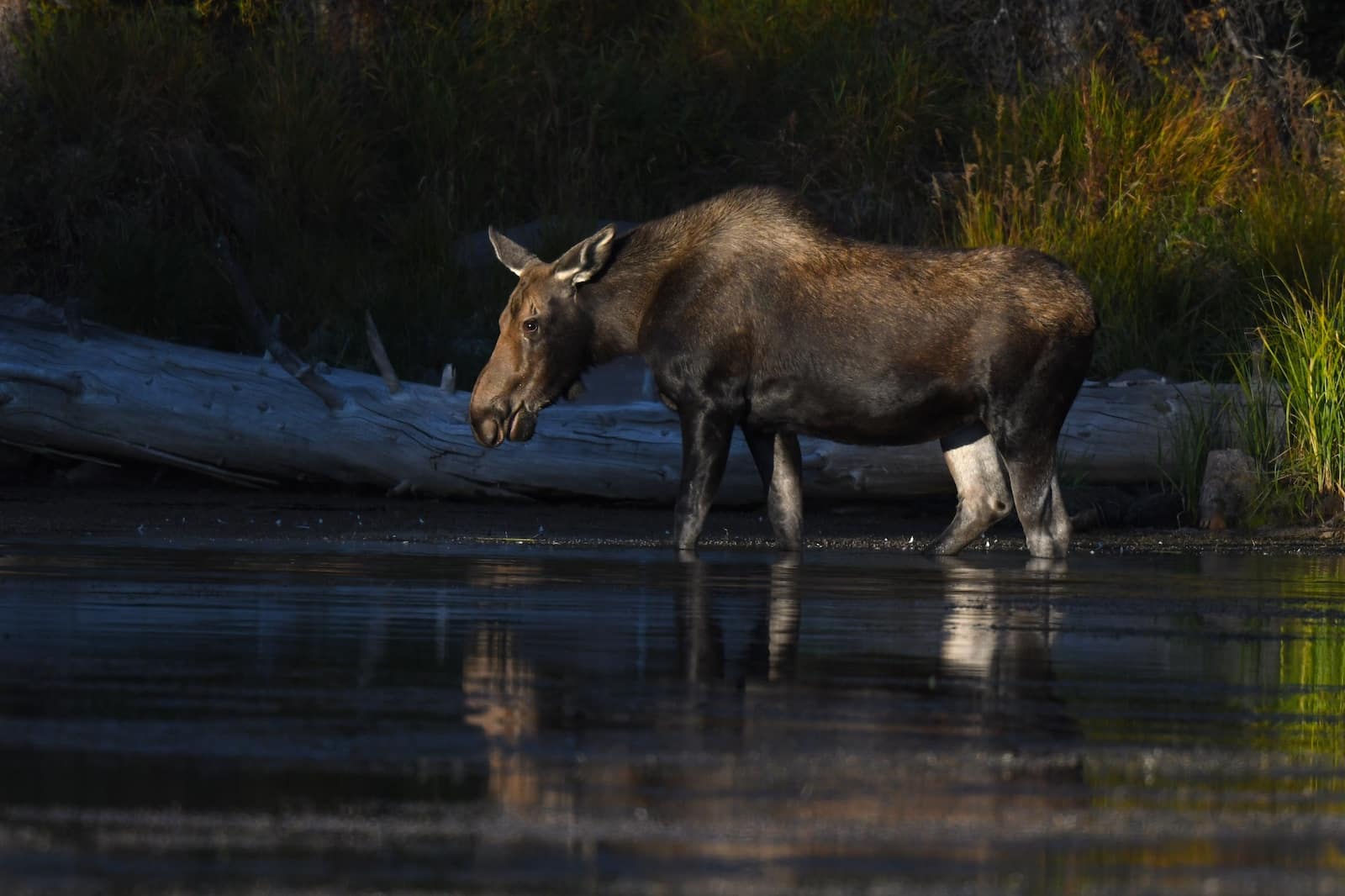
While moose nearly went extinct in Colorado, they’re native to the Rocky Mountain high country. In the late 1970s a dozen moose were reintroduced to the North Park region of Colorado, and another dozen a year later. They now number around 3,000 in the state, with a third of them still inhabiting the North Park basin.
The best places to see moose are in their preferred riparian habitat. They enjoy the wet, marshy environments, and avoid drier places and those in lower elevations. Be careful if out looking for moose and keep your distance if you see one. They don’t like dogs either, as they remind them of wolves, and can startle them.
Elk
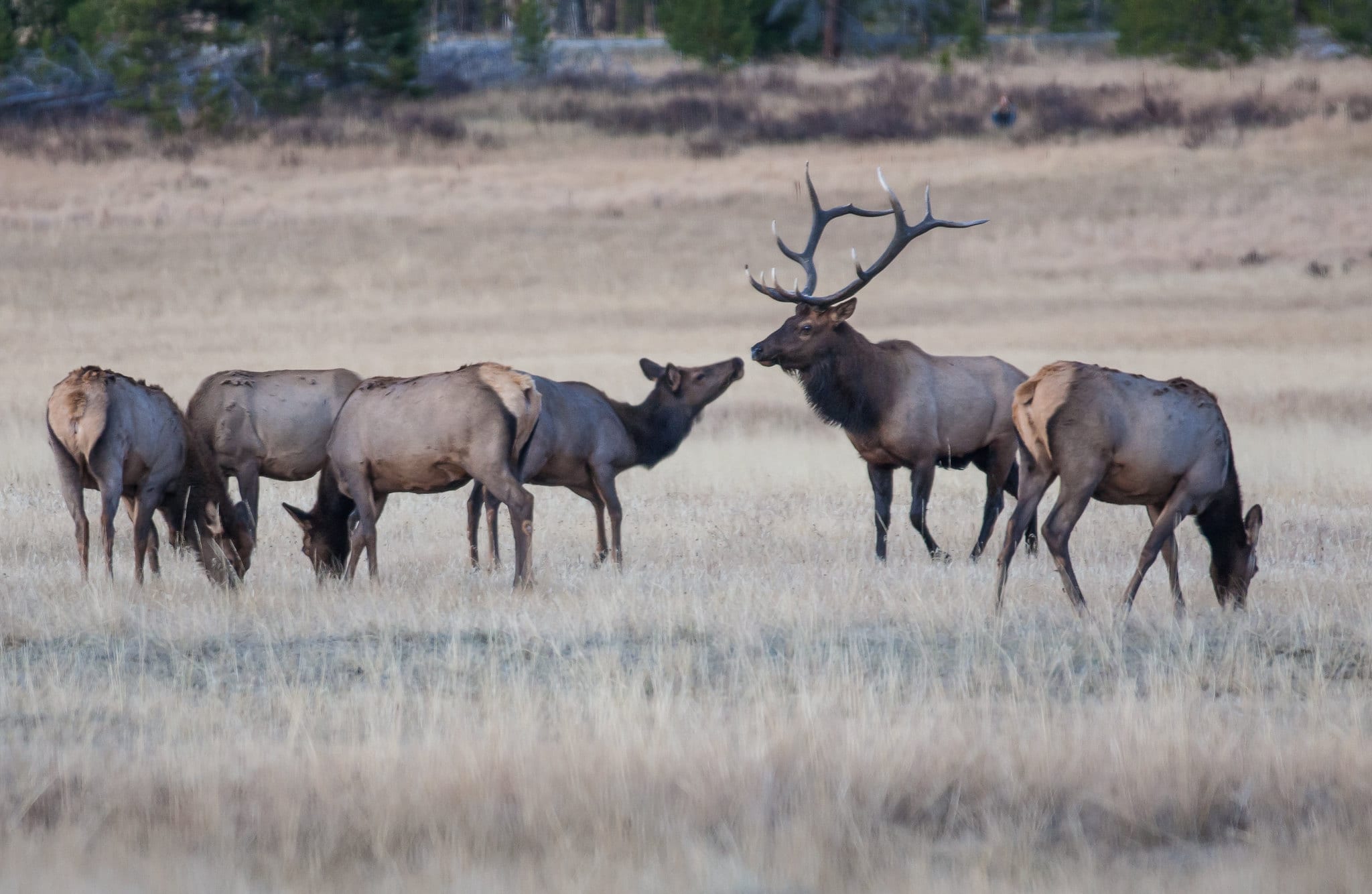
Probably the most popular wildlife to see in Colorado, the Rocky Mountain Elk is part of the deer family that thrives in Colorado’s forests. Eating mostly plants and grasses, they are grazers and are well-identified by their prominent antlers, which only grow on males, making the females harder to spot. On average, a cow elk weighs 500 pounds while a bull elk weighs 700 pounds.
According to Colorado Parks & Wildlife, in the early 1900s, only 40,000 elk remained in all of North America. Due to massive hunting efforts, elk were almost completely lost from Colorado forever. However, due to relocation efforts, Colorado is now home to more than 280,000 elk.
Elk travel in herds, so it is more likely to see hundreds of elk at a time than just one. They can be found throughout the state, mostly in the mountainous parts. Feeding in meadows during the winter and grazing on high tundra in the summer months.
RMNP is well-known for its population of elk with popular spots within the park being Moraine Park and Beaver Meadows. The nearby town of Estes Park even hosts its annual event, the Elk Fest, in honor of these Colorado natives.
Remember to always keep a safe distance when viewing or photographing elk. They are wild animals and will charge when they feel threatened.
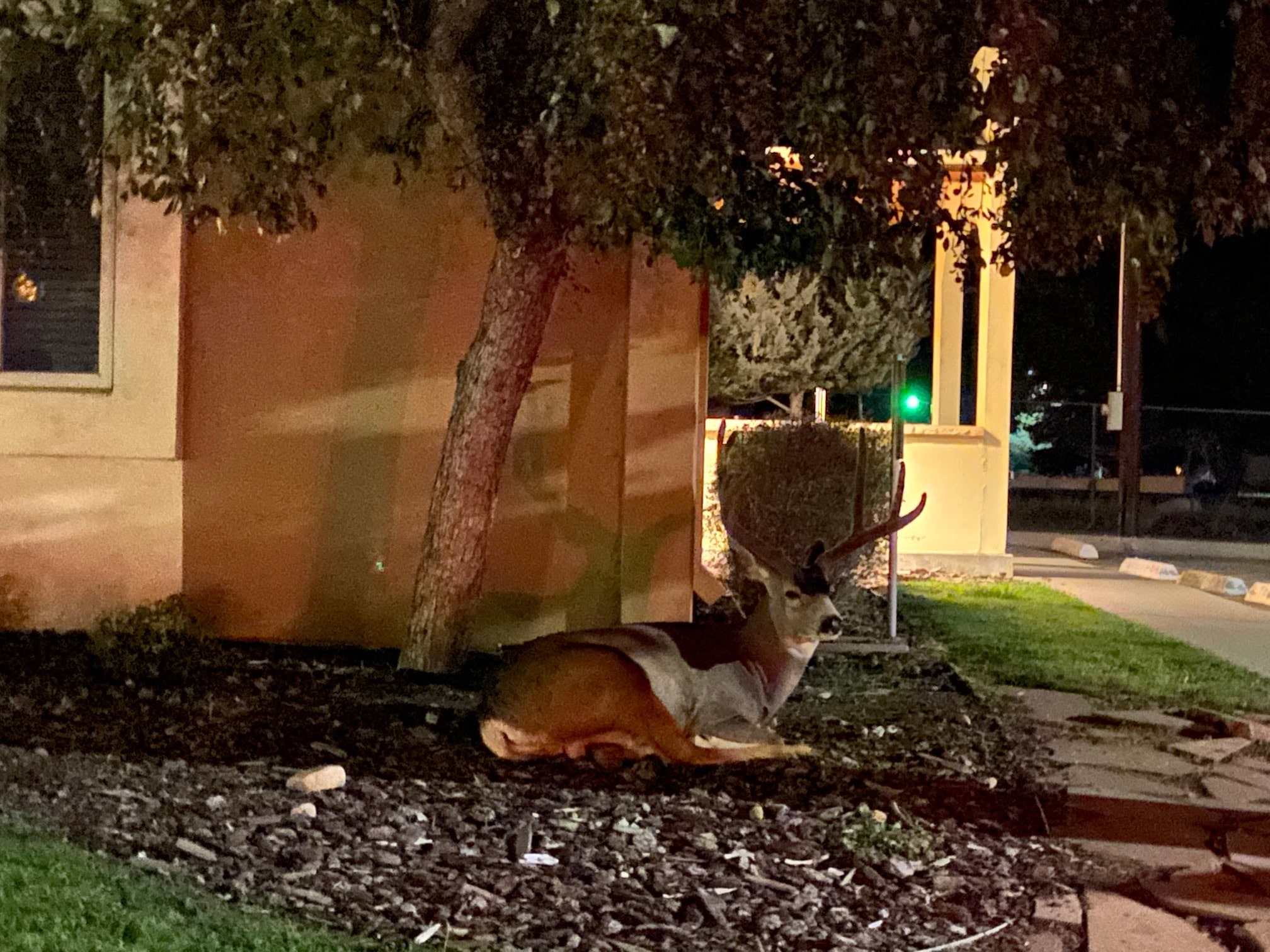
When viewing Colorado’s wildlife, always be sure to keep a safe distance and try not to disturb the animals in their natural habitat. For optimal viewing, be sure to bring a zoom lens for your camera or binoculars. We should keep our distance and absence to ensure these animals do not become threatened or endangered.
Are there grizzly bears or wolves in Colorado? While both species were once native to Colorado, they are no longer recorded as inhabiting the Centennial State.

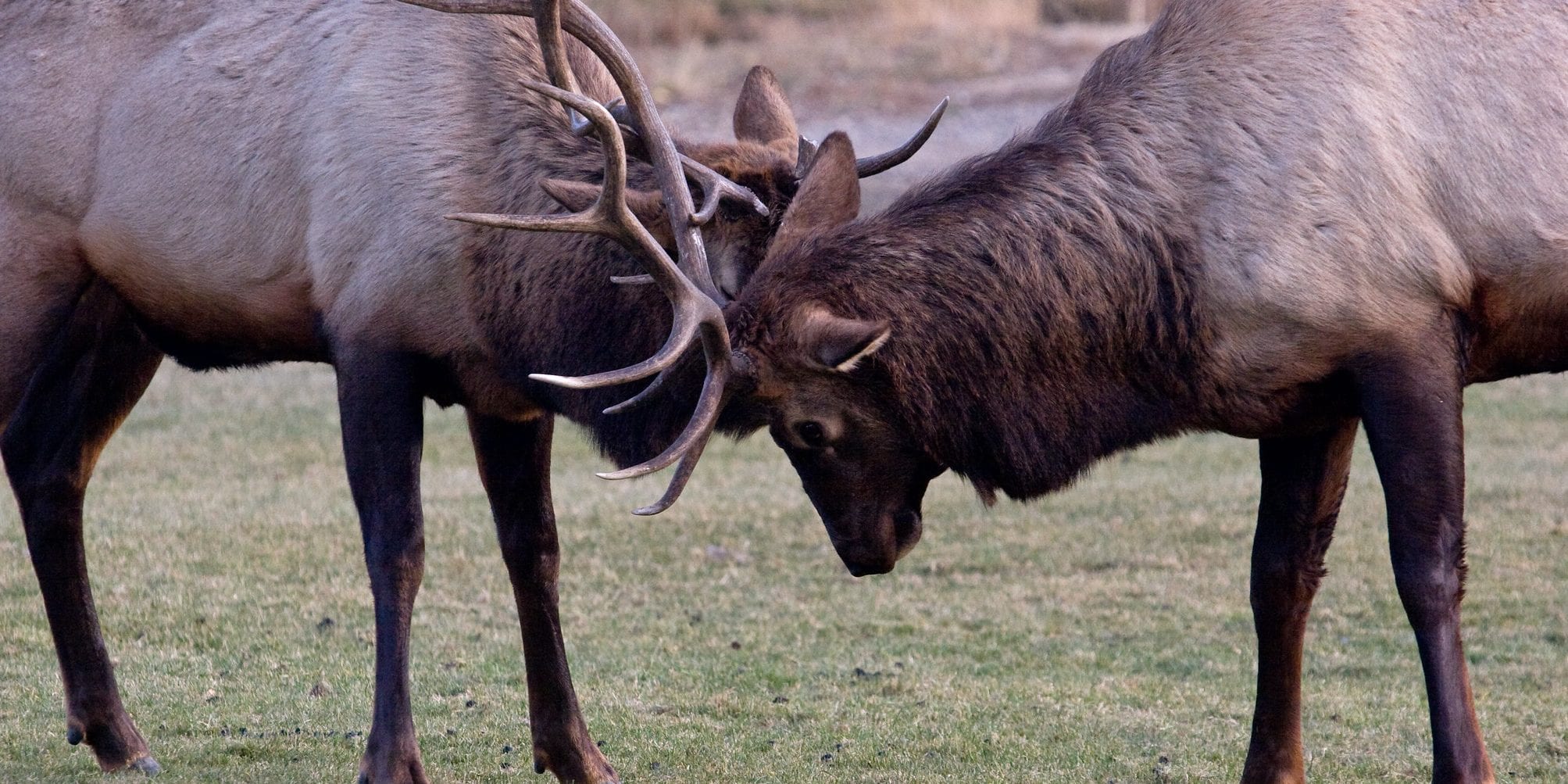
 15 Winter Driving Tips for Colorado’s Rocky Mountains
15 Winter Driving Tips for Colorado’s Rocky Mountains